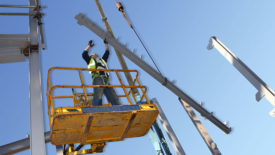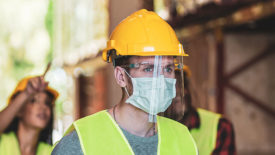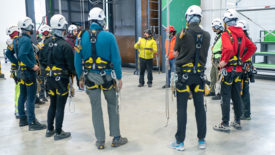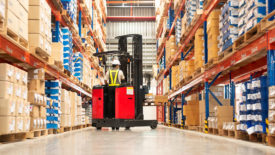Home » Keywords: » OSHA standards
Items Tagged with 'OSHA standards'
ARTICLES
Warehousing and retail will need to spot-check compliance
Read More
Confined, but connected
Improving communications to make confined spaces safer
August 18, 2023
Editorial Comments
Heat is on everyone’s minds
U.N. says July 2023 was hottest month on record
August 18, 2023
Best Practices
How much is a human life worth?
An analysis of the ‘value of a statistical life’
August 18, 2023
Cover Feature
The 10 most dangerous jobs in the U.S.
Workers in one of these industries are at highest risk of death
March 20, 2023
2022 Top 10 OSHA Violations: Eye and Face Protection
No. 9 in the 10 most frequently penalized OSHA standards for FY 2022
February 14, 2023
2022 Top 10 OSHA Violations: Fall Protection — Training Requirements
No. 8 in the Top 10 most frequently penalized OSHA standards for FY 2022
February 14, 2023
2022 Top 10 OSHA Violations: Powered Industrial Trucks
No. 7 in the Top 10 most frequently penalized OSHA standards for FY 2022
February 14, 2023
2022 Top 10 OSHA Violations: Control of hazardous energy (lockout/tagout) general industry
No. 6 in the Top 10 most frequently penalized OSHA standards for FY 2022
February 14, 2023
Never miss the latest news and trends driving the safety industry
eNewsletter | Website | eMagazine
JOIN TODAYCopyright ©2024. All Rights Reserved BNP Media.
Design, CMS, Hosting & Web Development :: ePublishing











